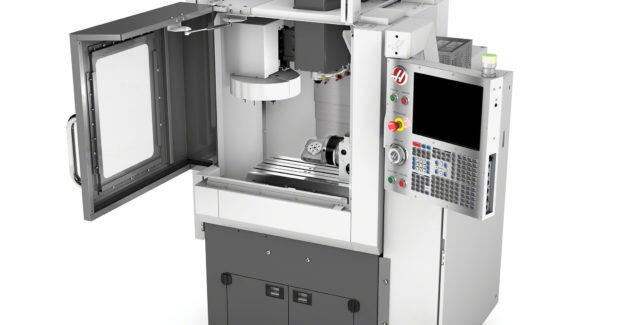የኢሜል ቅርጸት ስህተት
emailCannotEmpty
emailDoesExist
pwdLetterLimtTip
inconsistentPwd
pwdLetterLimtTip
inconsistentPwd

ዜና
The Classification of CNC Wood Milling Machine
Woodworking milling machine is a more practical woodworking machine tool in the processing and production of wood products. It develops later than woodworking sawing machine and woodworking planer, but its function is comparable to that of sawing machine and planer, and even plays a more important role in some aspects. With the rapid development of the woodworking industry today, production is gradually trending towards modernization, automation and simplification. Woodworking planers occupy an irreplaceable position in the processing of wood products with their multi-functional processing methods.
Classification of woodworking milling machines

Woodworking milling machine is a universal type of equipment. It is a woodworking machine tool that uses high-speed rotating milling cutters (see woodworking tools) to slot, tenon and process wood. Woodworking milling machines are divided into three types: vertical single-axis woodworking milling machines, wood moulding milling machines and router milling machines.
Vertical single axis milling machine
This is the most commonly used type of milling machine at present. It is divided into upper shaft type and lower shaft type, and most of them use manual feeding.
This type of milling machine, also known as router or hanging router, is mainly used for pattern milling, embossing, etc. on the surface of parts. The upper shaft vertical single shaft milling machine generally uses various shank milling cutters with small diameters (2 to 30 mm) to process workpieces. This type of machine tool can be used for machining various grooves, planes or curved shapes of workpieces, tenoning at the ends of square plates, grooves and springs for jigsaw panels, etc. In simple terms, single vertical milling is only used for milling straight lines, and double vertical milling is used for milling arcs.
The development history of woodworking milling machine
With the birth of woodworking machinery at the end of the 18th century, the woodworking milling machine was also invented by Bentham, the "father of woodworking machine tools" after 1791. With the continuous efforts of people, the milling machine has developed rapidly.
The parts processed by the milling machine are milled by the rotation of the milling cutter. The milling feature is that the thickness of the chip changes with the position where the blade cuts into the workpiece. According to the different positions of the rotating surface of each point of the blade and the machining surface, milling can be divided into two forms, one is face milling in which the rotation surface of each point on the blade is parallel to the machined surface, and the other is the rotation of each point on the blade. Circumferential milling where the plane is not parallel to the machined surface. According to the difference of the feed motion relative to the main motion direction, peripheral milling can be divided into climb milling with the same feed direction as the main motion direction and up-cut milling with the feed direction opposite to the main motion direction.
Of course, according to different classification methods, milling can also be divided into open milling, semi-open milling and closed milling, as well as right-angle milling and bevel milling. Relative to the fiber direction, it is also divided into longitudinal milling, transverse milling and end milling. Longitudinal milling belongs to longitudinal end cutting, transverse milling belongs to transverse cutting, and end milling belongs to end longitudinal cutting.
Conclusion
For more information about cnc wood milling machine,wood cnc services,cnc wood lathe machine, we are glad to answer for you.

